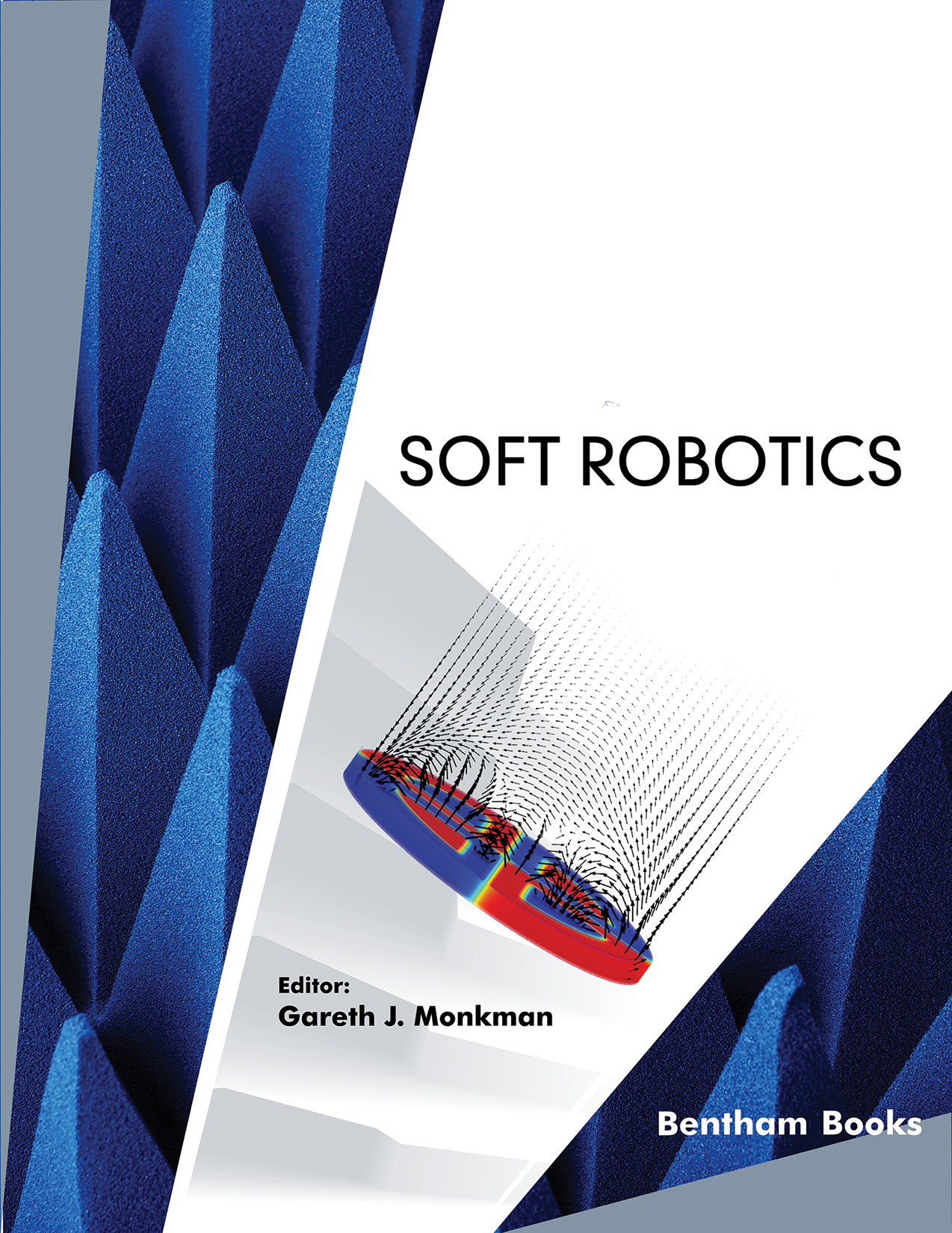Introduction
Soft robotics is a subfield of robotics that encompasses the design and fabrication of robots with soft and compliant materials. Soft robots represent components like human prosthetics or biomimicking systems. Soft robotics relies on technically astute designs based on the correct choice of materials to enable a level of dexterity not possible with rigid components alone. The basic prime movers (actuators) and perception (sensors) require control systems capable of accommodating imprecise feedback data and often unpredictable reaction times. Mobility in such robots is more akin to entomological or marine systems than conventional guided vehicles.
This reference is a guide to materials and systems used in soft robotics. If features 6 chapters contributed by robotics experts that review fundamental and applied topics that are important for understanding the requirements of soft robotics design projects and the physics of the polymers involved. Chapters are organized for easy reading and include references.
The topics include:
- Aspects of materials processing and engineering for the development of soft robotic devices
- A review on biological gripping principles and their application to robotics
- Information about self-sensing electroadhesive polymer grippers with magnetically controllable surface geometry
- Theoretical and experimental investigations of magnetic hybrid materials
- Modeling and dynamic analysis of a novel rotary soft robotic arm by transfer matrix method
- Design and control of a portable continuum robot for pipe inspection assisted by a rigid manipulator
This book is a suitable reference for scholars and engineers who are seeking knowledge about materials and design principles in soft robotics with its practical applications.
Audience: Academic scholars and professional engineers interested in materials and design principles in soft robotics with its practical applications.

